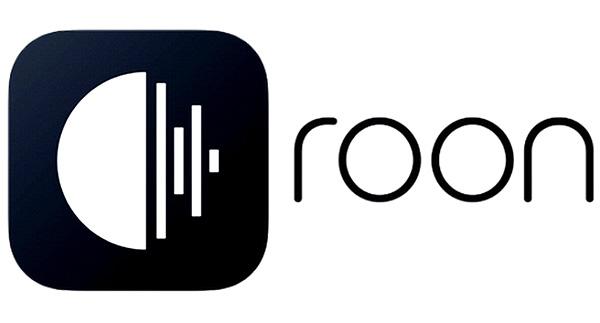
I’ve written previously about my efforts to replace my beloved Logitech Squeezebox with a Raspberry Pi-based Logitech Media Server or Roon endpoint. But I recently started using a Roon feature that has changed how I listen to music, and I’ll never go back to anything else.
After subscribing to Roon last year, I played around with its parametric equalizer and had some success improving the lower midrange and bass response of my main system. But the results seemed a bit arbitrary, as they would dramatically improve the sound of some tracks while making other tracks unlistenable.
Recently, I stumbled upon this guide for setting up Roon’s convolution feature with a free software called Room EQ Wizard (REW). According to Roon, convolution is a “powerful signal processing technique commonly used for room correction, headphone listening, or surround processing.” Intrigued by the positive reviews from other Roon users, I ordered this calibrated USB microphone from miniDSP on Amazon for $125 (the price seems to have risen a bit recently) and downloaded the free REW software.
Following the online guide was straightforward, and the only hiccup I ran into was that after completing step 9, the measurements on the main screen were much lower than the 75db at which I had calibrated the volume. If you run into this problem, you just need to go to go to Controls, and then Appearance, and check the “Adjust RTA Levels” box.

For my initial attempt at generating an EQ curve, I disconnected my subwoofer and left my speakers in the positions in which I thought they sounded best without any room correction. After generating a curve for each channel, I could see what I had long suspected: given the terrible geometry of my listening room, my system was seriously lacking in the lower midrange and lacked a smooth frequency response across numerous other parts of the audio spectrum.
After I completed the process of generating the EQ filter .wav files in REW and uploading the .zip file to Roon, I fired up my system to see if I could detect any improvement. I started off, as I often do, with Sarah Bareilles’s Brave Enough, a live performance with exceptional sound. I was immediately floored. I have never heard my system sound better, and the improvement was not subtle. I was literally transported into audience, with dramatic improvements in soundstage depth, clarity of vocals, and, most noticeably, bass response across the lower and midrange regions. Sara’s voice had a humanness I have never heard at home before, almost as if she was sitting about 7 feet from me. It was an eerie experience.
I proceeded to listen to dozens of other albums, some of which sounded terrible during my prior experiments with Roon’s paremetric equalizer, and the results were uniformly amazing. My system has always played jazz and blues well, but Roon’s room correction took it to a whole new level, particularly with regard to percussion. Drums now sound richer and fuller, almost as if you can see and feel the drum kit across the stage. I heard an even more dramatic improvement for classic rock and hip hop, which have always been challenging in this room. Creedence Clearwater and other recordings that previously sounded muddy and fatiguing now sound clear and organized, almost as if the instruments are no longer getting in each others’ way. Playing Billie Eilish’s Bad Guy produce a clean and deep bass response that far exceeded anything I was able to previously obtain in this room, and albums by A Tribe Called Quest, Beyonce, and the White Stripes all confirmed the impressive new bass response, even without a subwoofer.
I recently reran the REW process with my sub connected and my speakers pointed directly at the listener (instead of crossing slightly in front) and the results were again eye opening. The bass is even deeper and tighter now, but still controlled and rich. I may notice a slight decrease in vocal clarity, so I plan to run REW again with my speakers in their previous positions and the sub connected. I may also try it with the speakers pointing straight forward. That is the beautry of this product: I now have endless possibilities to play with!
Overall, using Roon’s convolution/room correction feature is a gamechanger for me. I can’t imagine going to back my system as it existed before. In fact, when I now play vinyl without the benefit of Roon’s room correction, I’m disappointed in the sound, which lacks the punch, clarity, and richness I hear through Roon.
If you are a Roon user, I suggest spending the $125 or so on a microphone right away. It might be the best investment you ever make in your system. And if you are not a Roon user and are on the fence about paying $15 a month, well, this should give you the push you need to subscribe, particularly given that buying a device with similar functionality from miniDSP will set you back more than a lifetime Roon subscription.
I’m thrilled to have stumbled upon instructions for using REW with Roon, as otherwise I would have missed out on Roon’s most impressive feature.


Leave a comment